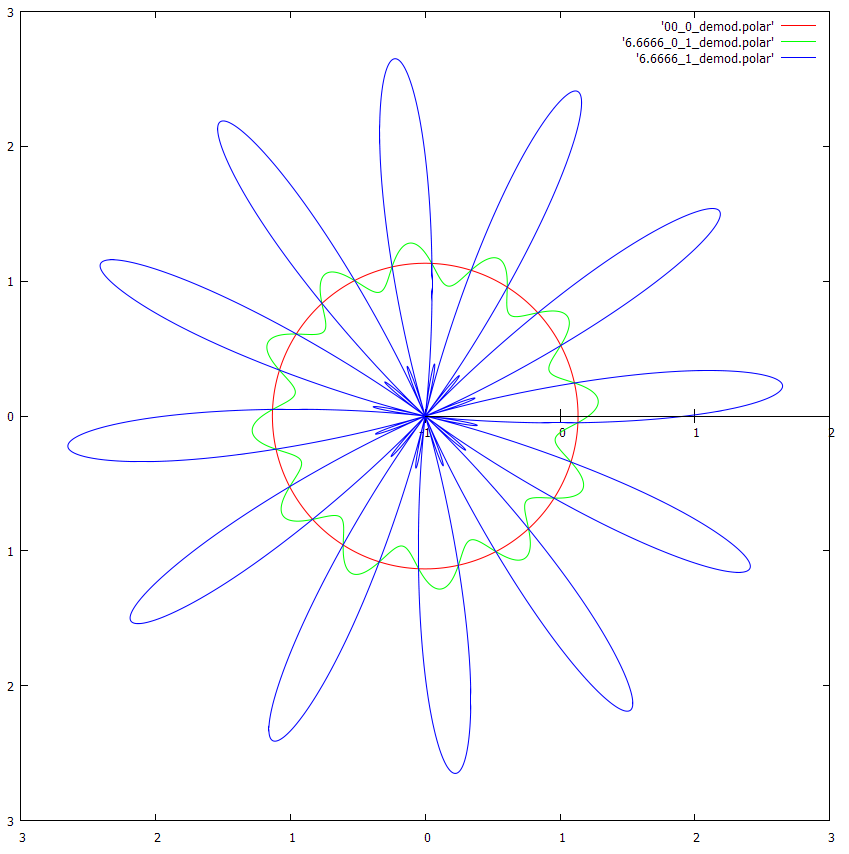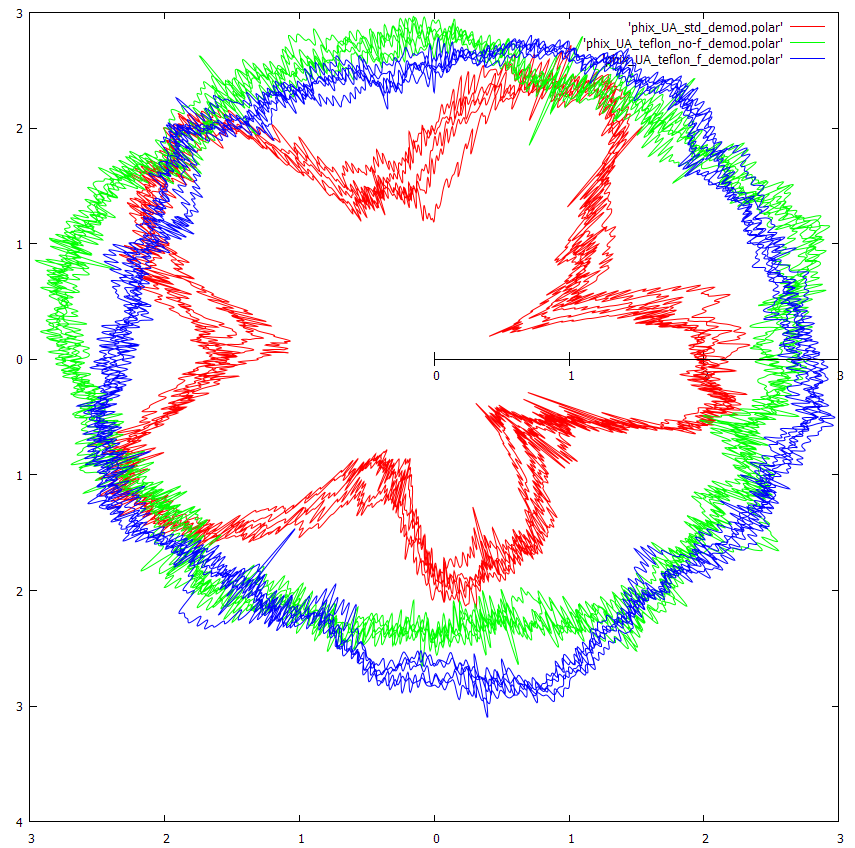edd9000
pfm Member
Here the change is not so big indeed. The 2.72Hz is there as this is probably idler surface/eccentricity. Teflon washer seemingly increased the errors in the 10-20Hz range but the comaprison is not fair as the deck is in two different conditions: with and without the console. The motor 25Hz is very clear...strange as the phases are aligned under load to less than 1VAC.
I don't think the noise between 10-20 has increased. The Teflon washer has dropped the overall noise floor making the peaks more distinct, but they remain at almost exactly the same level, around -36db.






